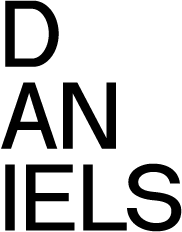Selected Topics in Architecture: Taking Stock
ARC3714H1S
Instructor: TBD
Meeting Section: L0101
Wednesdays 9:00 a.m. – 12:00 p.m.
Architects build. This once undisputed statement has emerged as a topic for debate as growing concerns around the material footprints of the building industry are urging the profession to reconsider the expansionist narratives that have shaped the modern built environment. We are told that the construction industry currently accounts for up to 40% of carbon emissions worldwide. The extraction, production, and transportation of materials like concrete, steel, and aluminum make up over 20% of this amount. If we continue to build at this rate, the quantity of global building stock is expected to double by the year 2060—the equivalent of constructing the entire city of New York from the ground up, every month, for 40 years. These projections underscore the sizable role that architecture holds within the unfolding climate crisis. They point to the need for a fundamental shift in practices, policies, and perspectives away from an ethos of limitless growth, towards cultures of repair, reuse and recirculation centered around the maintenance of existing building stock, and material resources.
This seminar takes stock of this build-up to speculate on an architecture of degrowth that begins with a set of provocations: What would the building industry look like if we suspended all new construction? What alternative forms of architectural knowledge do we need to navigate the material remnants of the twentieth century? And what is the role of the architect within a post-extraction future? By coupling field trips that tap into existing waste streams and reuse ecosystems in the GTA with hands-on experiments in making, the course introduces students to situated approaches to material research that place familiar building materials in dialogue with sites, actors, practices and value systems that offer alternatives to new construction. Throughout the semester, students will engage in critical discussions around waste and value from architecture, anthropology, discard studies, and environmental art practices, in order to develop a set of critical interventions that reframe the invisible labor of waste management as both a creative practice and an opportunity for design speculation.

